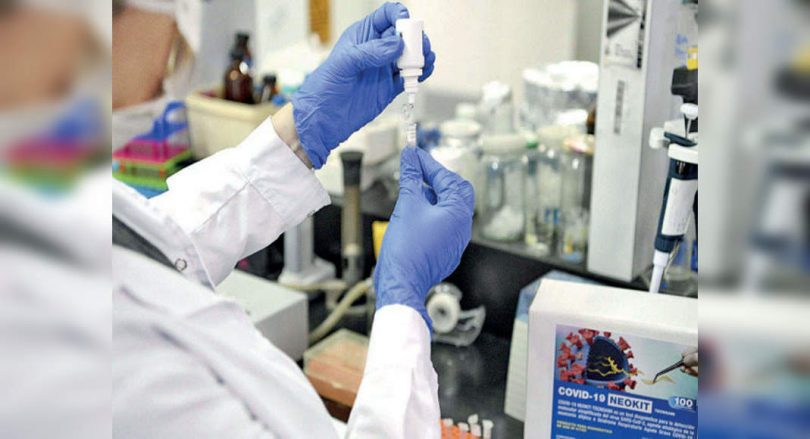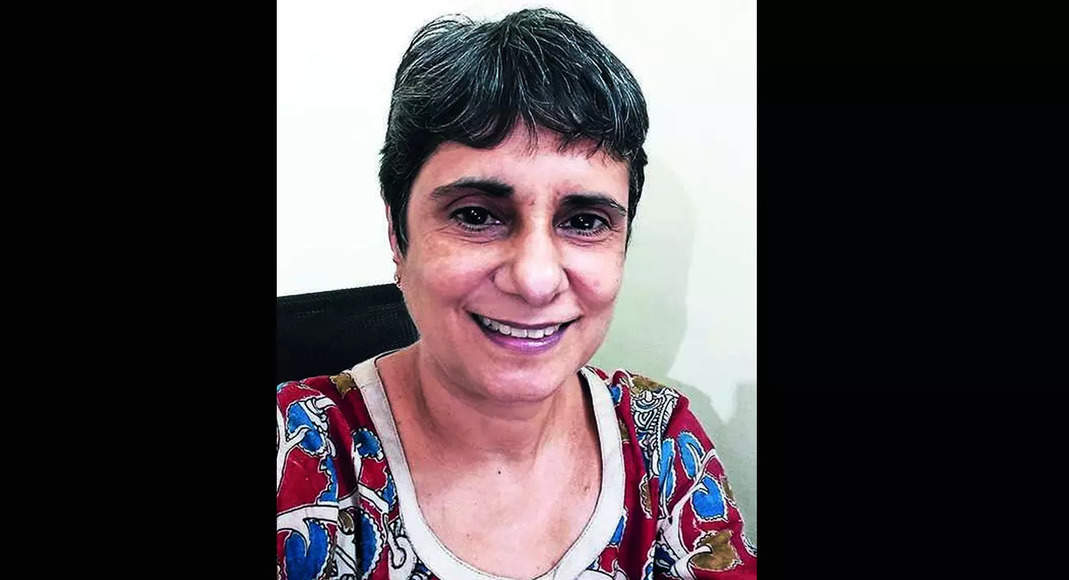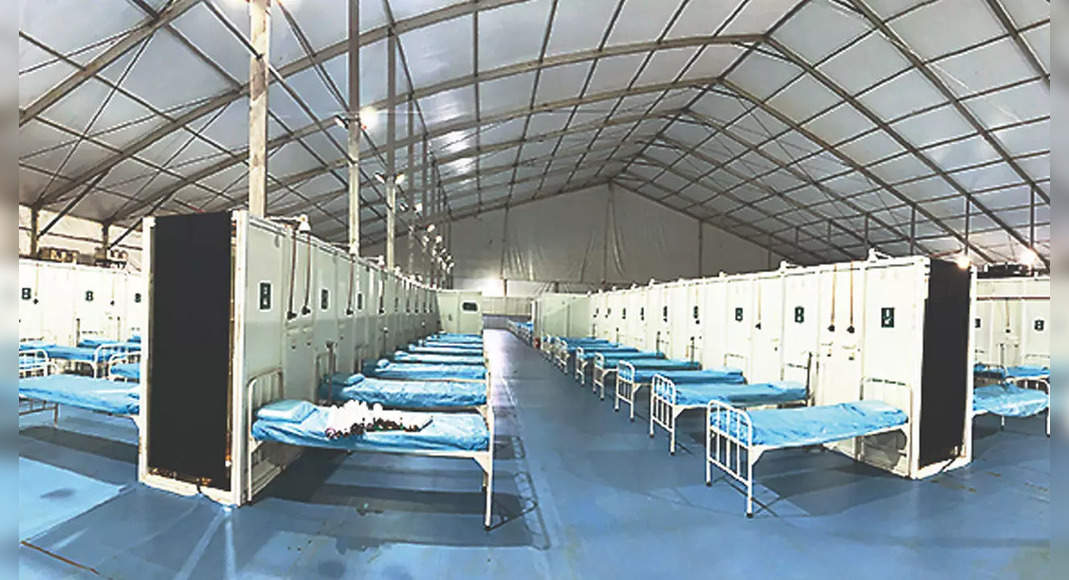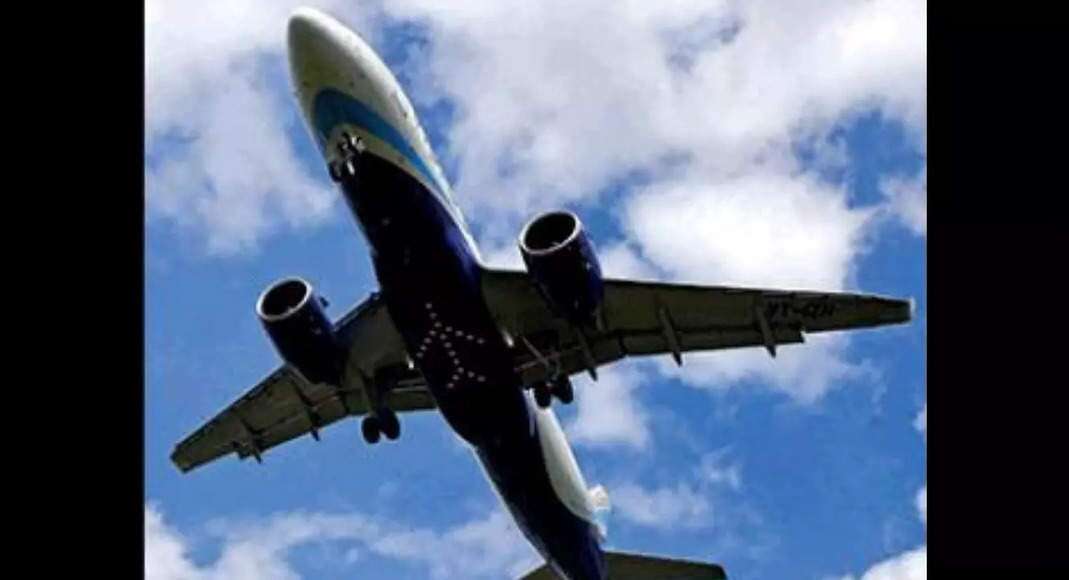MUMBAI: Covid-19 test positivity rates for districts as well as the state increased significantly a day after the state government ruled that weekly positivity rates (WPR) for its district-wise, multi-level unlock plan would be calculated only on the basis of RT-PCR reports.
At least 18 districts have reported a rise in WPR as per the revised norms, of which 13 districts now have a weekly positivity rate of over 5%, considered low enough by international standards (including those set by the World Health Organisation) to ease Covid restrictions.
Previously, the state’s multi-level unlock plan looked at the positivity rate of both RT-PCR and rapid antigen tests (RAT).
Twelve districts, including Kolhapur, Sangli, Palghar, Sindhudurg, Pune and Satara, have a positivity rate of over 10% that puts them in the stringent Level 4 restrictions.
The Covid positivity rates of other districts too have increased, but are below 5%; Mumbai is one of them with its rate revised from 3.7% last week to 4.7% now.
The overall state average as per the new calculations for the June 19-25 period went up to 8.7% from 5.2% last week when positivity rate included both RAT and RT-PCR tests.
A total of 36,043 people tested positive on RT-PCR in the week ending on June 25.
Overall, nearly 15 lakh tests were conducted, of which 4.16 lakh were conducted using RT-PCR, while the rest used RAT.
Apart from the change in WPR calculation, the state government has added stricter restrictions by doing away with the first two levels of its unlock plan that allowed several relaxations such as opening up of malls.
Now, Level 3 is the base, resulting in districts that were eligible for Level 1 and 2 restrictions slipping to Level 3.
As per the revised formula, any change in status can occur only after a two-week ‘declining trend’ as against one week previously.
In the last two months, the state government’s dependence on antigen tests has increased drastically.
While the ratio used to be 70:30 between RT-PCR and RAT tests, only 41% of the tests conducted in June so far have been done using RT-PCR.
Districts such as Buldhana, Gadchiroli, Sangli, Osmanabad and Palghar report even lower rates at 20%.
Although known for its ability to deliver quick results, rapid antigen tests are not considered to be very accurate and are known to give false negative results.
Hence experts don’t recommend their use in high numbers.
RT-PCR is, on the other hand, considered to be the gold standard for detecting Covid-19.
The reason for depending on RT-PCR tests is clear if one looks at Mumbai’s testing statistics.
On June 25, the city performed 17,200 antigen tests and 16,600 RT-PCR tests.
The positivity rate for antigen tests was close to 1% while the RT-PCR positivity was almost 4% and the overall rate was little above 2%.
Mumbai is among the few districts that conducts nearly 50% of its total tests through the RT-PCR route, but many districts don’t.
“We realised that some of the districts were conducting random antigen tests to bring their positivity rate to make them eligible to open up.
But, this kind of an approach was not giving us the correct results and so the revision was done,” said a senior official from the state government.
A doctor with the state government’s public health department said positivity rates in certain pockets indicate that the second Covid wave is still raging.
“Kolhapur, Sangli, Sindhudurg account for 40% of the daily cases reported from Maharashtra,” he said.
Their RT-PCR positivity score is not surprisingly high and invite the highest level of restrictions.







